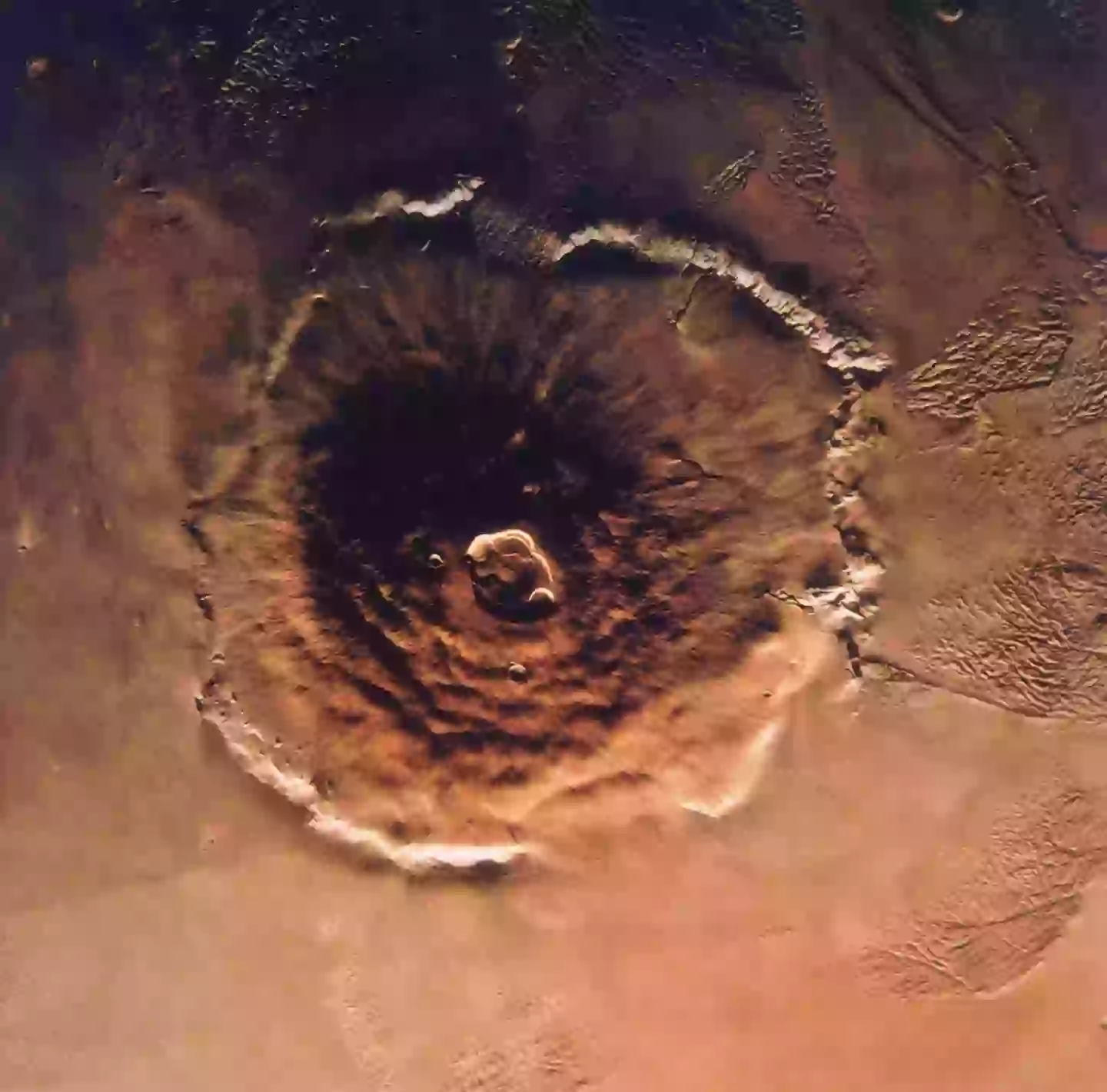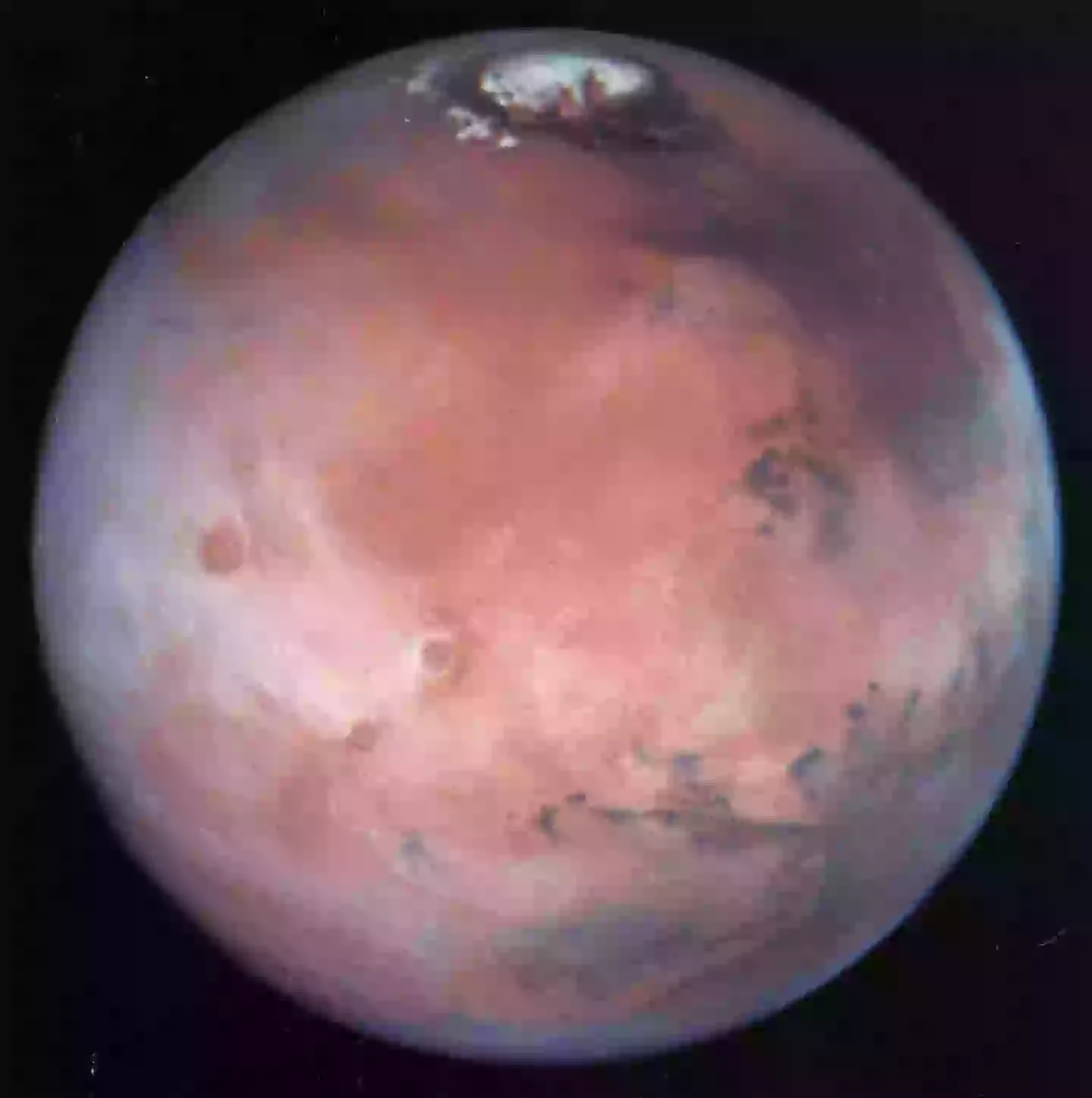Mars Volcanoes: The Hidden Vaults of Ancient Life?
Ever since Elon Musk set his sights on Mars like it’s the next big tech startup waiting to be launched, the Red Planet has been on everyone’s mind. But let’s be real, the guy’s not just planning to make Martian real estate a thing; he’s practically dreaming of coffee shops and art galleries up there. And while we’re all focused on the future of human civilization in space, there’s a group of scientists back here on Earth who’ve been quietly digging into Mars’ past. And boy, did they strike gold—or rather, volcanic rock.
So, why should we care about some old Martian volcanoes, you ask? Well, imagine this: what if Mars wasn’t always this desolate, dusty place? What if it once had the makings of a scene that could’ve rivaled Yellowstone? A research team from Texas A&M University, led by Dr. Michael Tice, has recently published a study (with a title that could bore you to tears) finding that the volcanic history of the Jezero Crater is far more complex than we thought. It seems Mars, in its raging youth, might have seen more lava action than a heavy metal concert.
Now, here’s where it gets juicy. Dr. Tice goes on to say — and I’m paraphrasing here — that Mars could’ve been a geological paradise for life-supporting conditions due to its volcanic activities. It’s like Mars tried to be as hospitable as Earth once upon a time, providing all the right ingredients for little Martian critters to thrive.
The cool part? This is just the beginning. With Perseverance out there, doing its NASA magic, we’re on the verge of learning so much more. “We’re seeing things we never imagined,” Dr. Tice said, which, if you ask me, sounds a lot like my last attempt at making a three-tier cake.
And before you wonder if all this is Greek to you—don’t worry, it was to me too at first. Just like when someone starts talking about SEO and you catch yourself nodding along, hoping it ends soon. But get this – this Martian soil analysis is like SEO for the universe; we’re learning to read the signs of life, adapt our knowledge, and maybe, just maybe, find a new search engine… but one that’s interplanetary.
Let’s not forget, every bit of data from Mars is like a clue in the cosmic game of “Where’s Life?”. And with folks like
A new scientific discovery has revealed more information about volcanoes on Mars, and the revelation could hold the secrets to ancient life on the planet being unveiled.
With Elon Musk among the most powerful figures in the US, along with his obsession with colonising Mars, it seems like an inevitability that in the next 100 years scientific resources will go towards finding or fostering life on the Red Planet. The news comes as a welcome sign that this could be a possibility.
It comes from a study co-authored by a Texas A&M University geobiologist, Dr Michael Tice.
The paper is titled Diverse and highly differentiated lava suite in Jezero crater, Mars: Constraints on intracrustal magmatism revealed by Mars 2020 PIXL – and if that means nothing to you, don’t worry, it didn’t to me at first either.

A volcano on Mars (Space Frontiers via Getty Images)
Essentially, Dr Tice and a team of researchers analysed volcanic rocks on Mars in order to gain information about the processes that shaped the region of the planet they were found.
This data was gathered by Perseverance, one of NASA’s most advanced robot explorers, who travelled to Mars as part of a 2020 mission.
It landed in the Jezero Crater in February of 2021, collecting core samples of Martian rock as well as analysing them.
Dr Tice has said the jump in information gathered with the Perseverance was massive, saying: “We’re not just looking at pictures – we’re getting detailed chemical data, mineral compositions and even microscopic textures. It’s like having a mobile lab on another planet.”
He went on to say of the Rover and work on Mars: “Some of the most exciting work is still ahead of us. This study is just the beginning.

The data was gathered by Perseverance (Encyclopaedia Britannica via Getty Images)
“We’re seeing things that we never expected, and I think in the next few years, we’ll be able to refine our understanding of Mars’ geological history in ways we never imagined.”
The team found that there were two distinct types of volcanic rocks, with the particular types of each indicating a ‘complex volcanic history involving multiple lava flows with varying compositions’.
By conducting thermodynamic modelling, simulating the conditions under which the minerals solidified, they discovered that their compositions were the result of a process in which different minerals separate from molten rock as it cools.
In addition to this and other processes, Dr Tice commented: “The processes we see here – fractional crystallization and crustal assimilation – happen in active volcanic systems on Earth.

This discovery is ‘crucial’ (Historical via Getty Images)
“It suggests that this part of Mars may have had prolonged volcanic activity, which in turn could have provided a sustained source for different compounds used by life.”
The paper states this discovery is ‘crucial’, saying that if Mars had an active volcanic system for an extended period ‘it might have also maintained conditions suitable for life for long portions of Mars’ early history’.
Dr Tice added: “We’ve carefully selected these rocks because they contain clues to Mars’ past environments.
“When we get them back to Earth and can analyze them with laboratory instruments, we’ll be able to ask much more detailed questions about their history and potential biological signatures.”
Auto Amazon Links: No products found.













